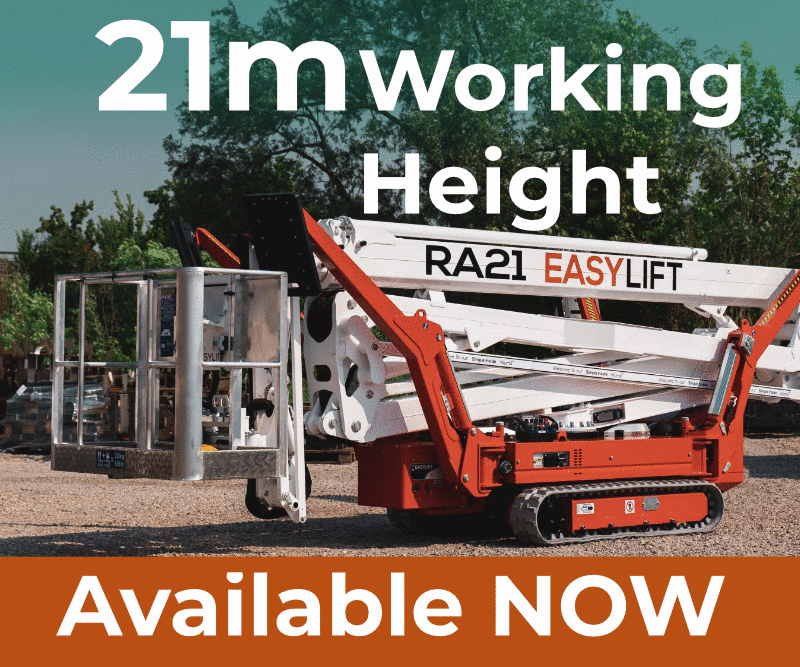Blog: Improving the construction industry’s understanding of modern slavery

Michelle Essen
Lawyers Michelle Essen and Chris Hoile of Bond Dickinson on improving the construction industry’s understanding of modern slavery.
Have you noticed that every few months, there is a headline in the news about modern slavery and that quite often it is related to the construction industry?
It is no great surprise then that, on 30 July, the government announced that it planned to launch an independent review of the Modern Slavery Act 2015 (the Act) “to ensure our world-first legislation keeps in step with this crime”.
This announcement came at the same time as the Home Office published a new research report “Economic and social costs of modern slavery”, which estimated that modern slavery costs the UK up to £4.3bn each year.
Many, including the Chartered Institute of Building (CIOB) have welcomed the government’s plans for an independent review – particularly as the CIOB’s May 2018 report “Construction and the Modern Slavery Act: Tackling Exploitation in the UK” (CIOB Report), stated that “[g]lobally, an estimated 16 million people were in forced labour within the private sector in 2016. Construction ranks second only to domestic work for prevalence of this abuse, at 18% and 24% respectively” and “[s]ome construction companies are showing a degree of complacency and lack of understanding of modern slavery issues. Although a number of organisations are being proactive, other contractors are in denial that the sector has a problem.”
This lack of understanding is deeply concerning as the Act has been in force since 29 October 2015 and the consequences for organisations breaching the Act are potentially severe, including significant reputational damage – plus there is also the impact on the victims of modern slavery themselves.
The Act in a nutshell
At its inception, the Act aimed to tackle modern slavery by consolidating various offences relating to human trafficking and slavery and combining those with new measures.
The Act makes the following illegal:
- slavery (where ownership is exercised over a person)
- servitude (the obligation to provide services imposed by coercion)
- forced or compulsory labour (work or service exacted from a person under the menace of a penalty and for which the person has not offered himself voluntarily), and
- human trafficking (arranging or facilitating the travel of another with a view to exploiting them, even where the victim consents to the travel).
In the construction industry this could apply to migrant workers who have been forced to work by someone they owe debts to or those who have been “tricked” into work by fake recruitment advertisements. It could also apply to vulnerable UK nationals coerced to work in construction. But, as modern slavery is a hidden crime which is constantly developing, it can be hard to recognise.

Chris Hoile
In addition to the Act setting out the above offences, s54 of the Act (which was one of the most prominent new measures) provides that all commercial organisations that supply goods or services and have a minimum total global turnover of £36m – including companies and partnerships which carry on a business or part of a business in the UK regardless of where they are incorporated or formed - must also prepare a slavery and human trafficking statement each financial year, stating the steps they have taken to ensure their business and supply chains are slavery free. This must be published on their website. (Organisations can simply state that no steps have been taken, but are unlikely to do so as it will undoubtedly raise questions).
Practical tips for organisations
Modern slavery is increasingly difficult to discover. Criminals engaging in this activity are becoming more sophisticated in how they cover up their dealings and so it is important for organisations to be as vigilant as possible.
There are a number of ways to spot exploitation, including noticing signs of unusually high fatigue, overly damaged PPE (Personal Protective Equipment), and malnourishment – and the CIOB Report also highlights conditions for vulnerability. Organisations should seek to ensure that staff members at all levels are given proper training on what to look for and on the appropriate process to follow if modern slavery is suspected.
Organisations should also tighten their due diligence procedures and ensure that supply chains are analysed as far as reasonably practicable. Taking temporary labour as an example, organisations are encouraged to perform due diligence on their suppliers to ensure that staff are being recruited in the correct way. As part of this analysis, it is important to understand where the organisation’s money is going. Is it going directly to the staff or is there an intermediary? If there is an intermediary, what assurances are there that the staff will receive what is rightfully theirs?
S54 of the Act must also be complied with properly. For further information, please see our slavery and human trafficking “transparency” statements factsheet which is accessible here.
Modern slavery going forward
With the government’s independent review underway, the spotlight is again on modern slavery as a whole. In an interview which is set out in the CIOB Report, Justine Currell, former modern slavery senior policy adviser to the Home Office who led on the drafting of the Act, stated that the aim of s54 of the Act was to see “organisations growing and performing better over time, year on year” and that organisations “need to see this as a kind of long game – to have at least a three to five year strategy”.
It is clear from this statement and the launch of the independent review that the government remains focused on tackling modern slavery - and if business, including the construction industry, does not engage with the Act then the outcome may well be more regulation in this area.
Organisations should do what they can to ensure that their processes for tackling modern slavery improve annually and that, in addition to publishing their slavery and human trafficking statement, they are truly following through on their modern slavery action plans and policies, training their staff appropriately, and continually and vigilantly watching out for signs of modern slavery – because failure to do so may result in failing to identify modern slavery with all of its severe consequences (for both organisations as well as the victims of modern slavery) and may even lead to investigatory attention.











